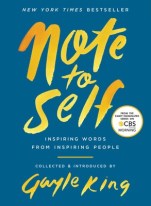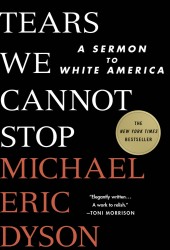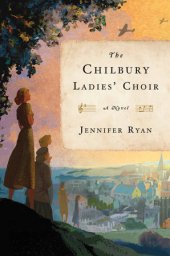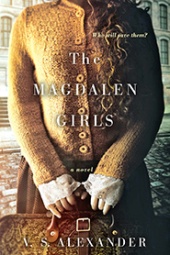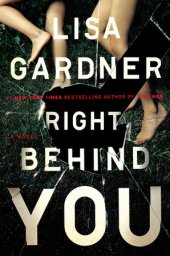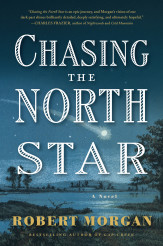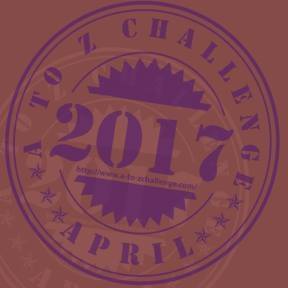In my blog post on June 18, 2018 “Had a family once.”, I wrote about the opening line of the prologue to Right Behind You, by Lisa Gardner: “Had a family once.”
Central American Refugees – “Had a family once.”
I can’t get that line out of my head. “Had a family once,” must be how the refugees at the US-Mexico border feel. Children have been separated from parents and there was, obviously, no plan in place for the uniting of those families. What a logistical nightmare now, and all the result of an ill-conceived change in US Government policy. “Had a family once.”
Young soccer team and coach in Thailand
As I write this, the world is watching and holding its collective breath as valiant attempts are being made to rescue a dozen young soccer players and their coach from a flooded cave in Thailand. Those boys, their parents, and their coach must have spent many hours in the past two weeks thinking, “Had a family once,” and praying they’ll still have their families intact when this ordeal and rescue is over.
African Slaves in America – “Had a family once.”
My interest in genealogy and local history recently led me on a fascinating trek into the lives of some people of African descent who were slaves in Cabarrus County, North Carolina in the 1800s. That sounds like a long time ago, but it really isn’t when you think in terms of a person’s lifespan and generations within families.
“Had a family once.”
Caroline had a family once.
In the records of Rocky River Presbyterian Church, Caroline, infant daughter of slaves Nat and Marie owned by R. Biggers, was baptized on August 16, 1835. Caroline, a slave of George Leroy Morrison, joined the church April 29, 1859. Was this the same Caroline?
Yes, she was! There is a bill of sale dated October 30, 1856 in which a 22-year-old woman named Caroline and her two children (Robert, aged about four years and an unnamed infant about three months old were sold by Rebecca Biggers to George Leroy Morrison.
The idea of slavery is repulsive, but seeing an actual bill of sale makes me physically ill. Having this information, I owed Caroline a few hours of my time to try to determine if she survived to be free after the American Civil War. What I was able to piece together was surprising and thrilling.
1863 Cabarrus Tax Assessment
In 2004, I compiled a list of the records of the more than 900 slaves who were baptized at and/or joined Rocky River Presbyterian Church between around 1820 and the end of the Civil War in 1865. The 1863 Cabarrus County Tax Assessment List gave details about some of those slaves such as age, physical condition, and monetary value.
George Leroy Morrison died May 6, 1860. The 1863 Cabarrus County Tax Assessment states that his brother, Q.C. Morrison was guardian of four slaves: Abram, aged 45 and valued at $1,100; Caroline, aged 26 and valued at $1,400; Robert, aged 9 and valued at $900; and Matt [name was probably Nat] aged 1 and valued at $100. Q.C. Morrison died in the Civil War on August 7, 1863.
According to the 1863 Cabarrus County Tax Assessment, Rebecca Biggers had a 55-year-old slave named Nathaniel. He was valued at $100 with the notation, “cripple.) Rebecca did not have a slave named Marie at that time, but we know from church records that Nat and Marie were Caroline’s parents.
Armed with that information, I wanted to know more. I wanted Caroline to survive the War, gain her freedom, and have a life. She’d “had a family once.” Did she have that same family after the War?
Yes, she did!
The 1870 US Census of Cabarrus County, Township One finds Caroline, wife of Albert Morrison, along with children Robert, Nathaniel, Edward, and Albert.
According to the agriculture schedule of the 1870 Census, Albert and Caroline Morrison owned 40 acres of improved land valued at $200 along with farm machinery valued at $15. They owned livestock valued at $100 and reported how many bushels of wheat, Indian corn, and corn they had raised in 1869.
And, by the way, Albert Morrison was one of the five elders elected at the founding and organizational meeting of the African-American church that was formed by former slaves who had been members of Rocky River Presbyterian Church. Originally called Rocky River Colored Presbyterian Church, it soon became Bellefonte Presbyterian Church and is still going strong in Harrisburg, NC.
The next record of Caroline
The next time we find a record of Caroline Morrison is in the Cabarrus County, NC Wills and Estate Papers. “The widow Caroline Morrison & family” of seven children received a one year’s dower on March 30, 1876.
1880 US Census
Caroline Morrison is the head of a household in Township One in Cabarrus County, NC when the 1880 federal census is taken. Sons Edward, Albert, Eugene Mc., and John are in the household along with Caroline’s granddaughter, Harriet.
Summary of my research
I won’t go into all the details of the rest of my research into the life of Caroline Morrison. Suffice it to say that I found marriage licenses for her sons, Nathaniel A. and Albert. Albert (Jr.) and his wife and children are in the 1900 US Census. I even found a 1925 death certificate for Albert (Sr.) and Caroline’s son, Robert. He was employed at the Southern Railway Railroad Shop in Forsyth County, NC.
Did Caroline have a family? Yes, she most certainly did!
Until my next blog post
There’s no telling what interesting history tidbits I’ll uncover. I love this stuff!
I hope you have a good book to read. I’m reading Educated: A Memoir, by Tara Westover and several other small nonfiction books.
If you’re a writer, I hope you have productive writing time. I didn’t work on my novel last week, but I had a rewarding time researching Caroline Morrison and writing about my findings.
Thank you for reading my blog. You could have spent the last few minutes doing something else, but you chose to read my blog. I appreciate it!
Janet


